Best known for its laptops dedicated to gamers and creatives, MSI has been venturing into the ultraportable market for some time. With its Summit E13 Flip Evo, the brand wants to climb to the top of the market this time. Clean on him and neat at all levels, this small convertible is nevertheless catapulted at an ultra-premium price … but faced with the tenors from Dell, HP, Acer, Asus, or even Microsoft, already well established, is the Summit E13 capable of justifying its price placement? Lets see here.
| PROS | CONS |
| Stylish and compact device | No OLED screen |
| Premium keyboard | Screen bezels could be thinner |
| Solid 10 hours battery life | |
| Performance of the Core i7-1185G7 |
Launching an ultraportable PC isn’t quite a first for MSI. Last year, the firm introduced, for example, two 14-inch devices: the MSI Prestige 14 and Modern 14. Two interesting notebooks, but unfortunately, did not make an impression. Thanks to an express conference held online in early spring, the Taiwanese manufacturer nevertheless laid the groundwork for its Summit range with three new devices announced before CES: the Summit E15, E14, and E13 Flip Evo, all powered by the latest generation Intel processors.
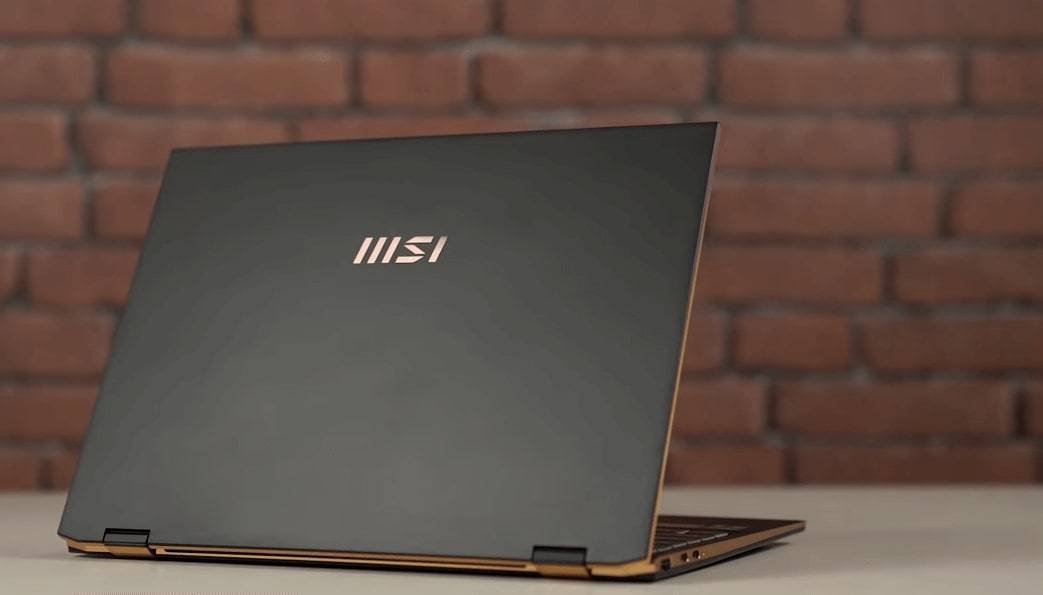
It is the most compact model of the range that interests us here. It is a premium convertible primarily intended for professionals and businesses but also offered to the general public. It competes with the Dell XPS 13 2-in-1 and ASUS ZenBook Flip S, particularly with a starting price set at around 2400 USD. Here is its full technical sheet:
General Info
| MSI Summit E13 Flip Evo | |
| $ | CHECK PRICE |
| Brand | MSI |
| Model | Summit E13 Flip Evo |
| Processor | Intel Core i7-1185G7 (Quad-Core 3 GHz / 4.8 GHz Turbo – 8 Threads – Cache 12 MB) |
| OS | Windows 10 Home Windows 10 Pro (MSI recommends Windows 10 Pro for business.) |
| Weight | 1.35 kg |
| Display | 13.4″ FHD+ (1920×1200), 16:10, IPS-Level, Touchscreen, Support MSI Pen |
| Dimensions | 300.2 x 222.25 x 14.9 mm |
| Type | Laptop |
MSI Summit E13 Flip Evo. Behind this extensible name is a very compact ultraportable, which sticks to measurements reduced to 300 x 222 x 14.9 mm, for a total weight announced at 1.35 kg. Therefore, to a few millimeters, it is the same size as the excellent Dell XPS 13 2-in-1 and ASUS ZenBook Flip S, while being 300 grams heavier than the Acer Swift 5, yet with a slightly more diagonal. 14-inch stretch.
Design
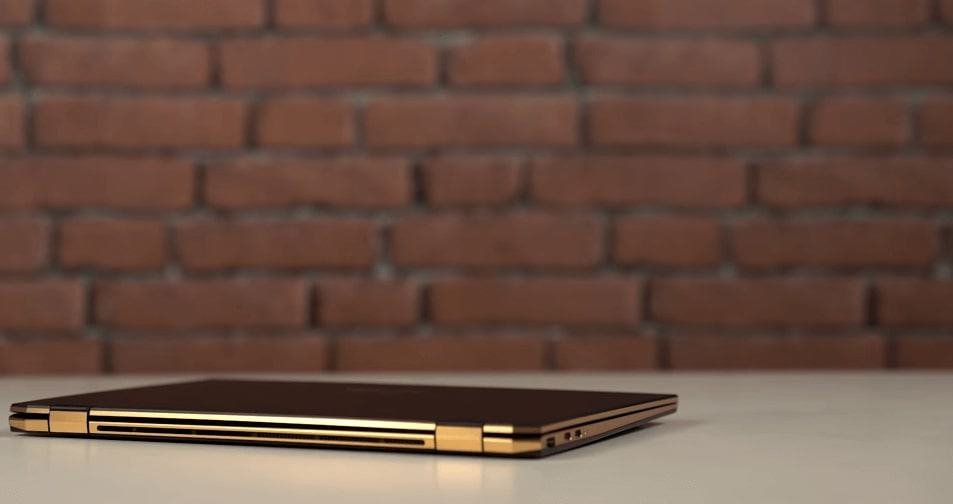
The device is premium and elegant. MSI, therefore, relies on a CNC machined aluminum chassis to give the SUMMIT E13 a sharp silhouette, which is distinguished by brushed aluminum edges, in a copper hue (or silver if you opt for the white model). The rendering has its small effect without ever being flashy. A good point offset by a certain fragility, and our test device paid the price: these brushed parts seem vulnerable to scratches.
More annoying, the chassis may be MIL-STD 810G certified (standard intended to attest to the robustness of a product); certain parts of its structure are susceptible to shocks, in particular at the level of the rear ventilation grille, received twisted on our loan unit, which had previously been loaned to other media. If, after a few dozen hours of use, the Summit E13 manages to be (slightly) damaged in this way, it’s a safe bet that the same will apply in the context of daily use. It is regrettable.
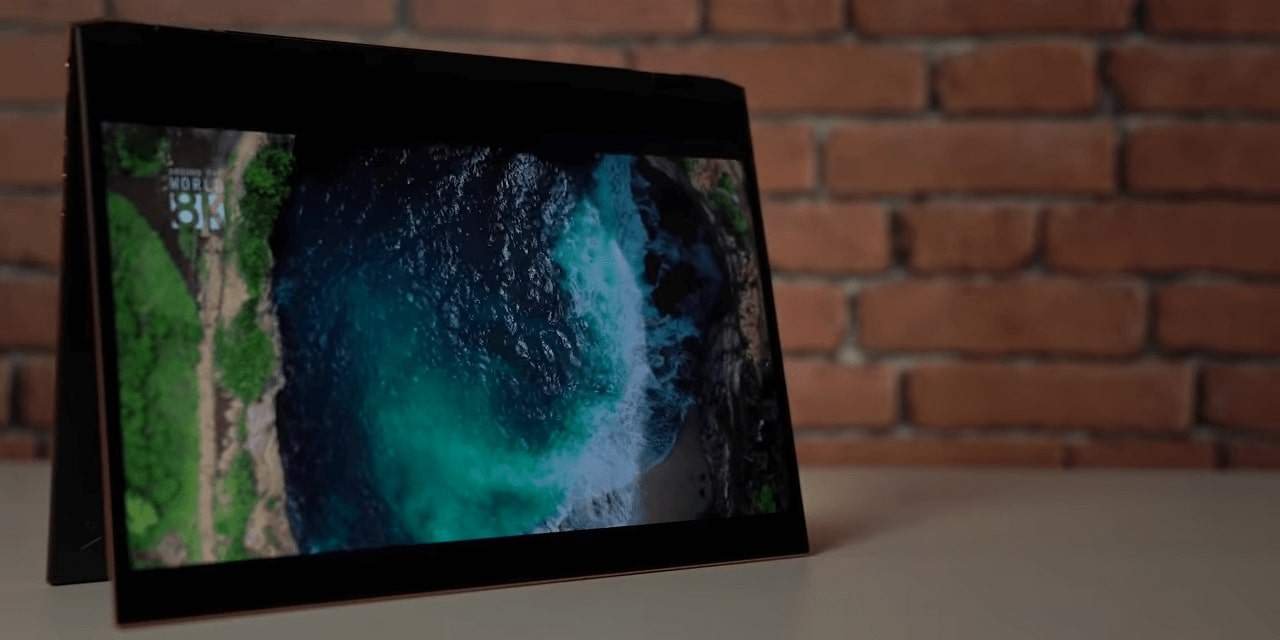
MSI’s first convertible in more than a decade, the Summit E13 Flip Evo, is nonetheless a delightful machine to look at and use. And if we would have liked a less fragile chassis, we can only salute the impeccable quality of assembly that the Taiwanese manufacturer puts in our hands – and under our fingers.
We feel that the company has really done its best to match the best 2-in-1 devices on the market without necessarily having as much experience as other manufacturers in their manufacture. With this product, MSI even manages to get ahead of some of its immediate competitors, notable thanks to an absolutely delicious keyboard.
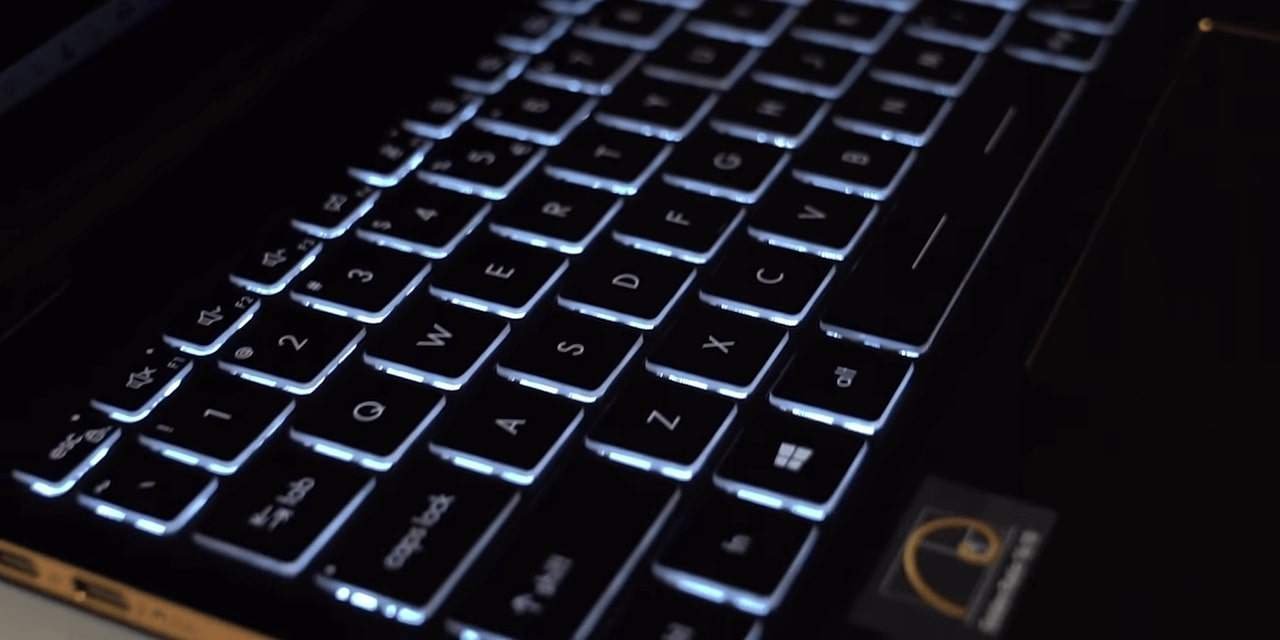
Irreproachable, in our opinion, the latter benefits from surprisingly wide and well-spaced keys that allow a really very precise and fast typing. The stroke of the keys is also long for a soft grip, which also has the merit of being silent. A faultless one. On the other hand, this keyboard has the disadvantage of being satisfied with a horizontal enter key to which you will have to get used. The size of its keys also reduces the space available for the trackpad.
Display
| Display Type | IPS-Level, Touchscreen |
| Display Size | 13.4 inches |
| Display Resolution | 1920×1200 |
| Dimension | 300.2 x 222.25 x 14.9 mm |

The Summit E13 Flip Evo is one of the first devices from MSI to adopt the 16:10 aspect ratio instead of the traditional 16: 9 aspect ratio. This is a good thing since this new ratio allows more content to be displayed on the screen. Convenient for browsing the Web or working in office automation, in particular.
On the other hand, MSI has maintained relatively large borders around its screen, especially at the bottom. They are justified at least in part by the hybrid concept of the device and by the presence of the sensors necessary for facial recognition. For the rest, we limit ourselves here to a Full HD + definition (1920 by 1200 pixels), which is more than sufficient to obtain a good density of pixels on a small diagonal of 13.4 inches. The 2-in-1 concept requires, this screen is finally touched and compatible with a stylus proposed by MSI.
Sharp signs the panel itself. MSI announces that it supports 100% sRGB spectrum. With our probe and the Calman measurement software, we will see what it is. Let’s start with the maximum brightness of this IPS LCD panel, which we measured at 425.3 cd / m², which is a very appreciable value that effectively compensates for the screen’s glossy coating, especially as the luminance peak is reduced. Located at 518.8 cd / m². The contrast is 1421: 1, which is quite fair.
On the colorimetric side, there is a DeltaE of 3.5. Ideally, this value should be less than or equal to 3 to reduce the difference between the colors as much as possible. That said, we are not far, and overall the colorimetric fidelity is there despite a temperature a little too cold (6,919 Kelvin instead of the 6,500 k ideally expected). The drift towards the blues is slight… but noticeable.
The sRGB gamut coverage is slightly below our expectations, with an index of 98.5%. Adobe RGB and DCI-P3 color spaces are supported at 74.7% and 75.8%, respectively. We are on the verge of MSI’s promises, and we remain in the purest continuity of the office automation and multimedia ultraportables tested by us in recent months.
The Sharp panel submitted to us by MSI is very well made year after year despite a few shortcomings. Its maximum brightness is excellent, its contrast in focus, while the color reproduction is viable for the intended use. However, we regret the absence of an OLED panel on a machine offered from 1,800 euros. Dell now offering this technology as an option on its XPS, and ASUS uses it as standard on more and more ultraportables, including the ZenBook 13 OLED and its convertible colleague ZenBook Flip S. MSI on this side.
Performance
| Processor | Intel Core i7-1185G7 (Quad-Core 3 GHz / 4.8 GHz Turbo – 8 Threads – Cache 12 MB) |
| Graphics | Intel® Iris® Xe graphics |
| RAM | LPDDR4X onboard Memory Type Max 32GB Max Capacity |
| Storage | 1x M.2 SSD slot (NVMe PCIe Gen4) |
The Summit E13 Flip Evo is not a particularly easy machine to take apart. In any case, MSI has done nothing to simplify the task for us. Once the bottom plate of the chassis (with difficulty) is removed, only the battery and the M.2 bar for storage can be replaced easily. Everything else is soldered in, be it the processor, RAM, or modem for 6E Wi-Fi connectivity. Nothing surprising since all current ultraportables, or almost, do so. Note that the presence of two heat pipes and two fans was installed to cool the Core i7-1185G7 chosen by MSI. We will see a little later if this dissipation system is effective.
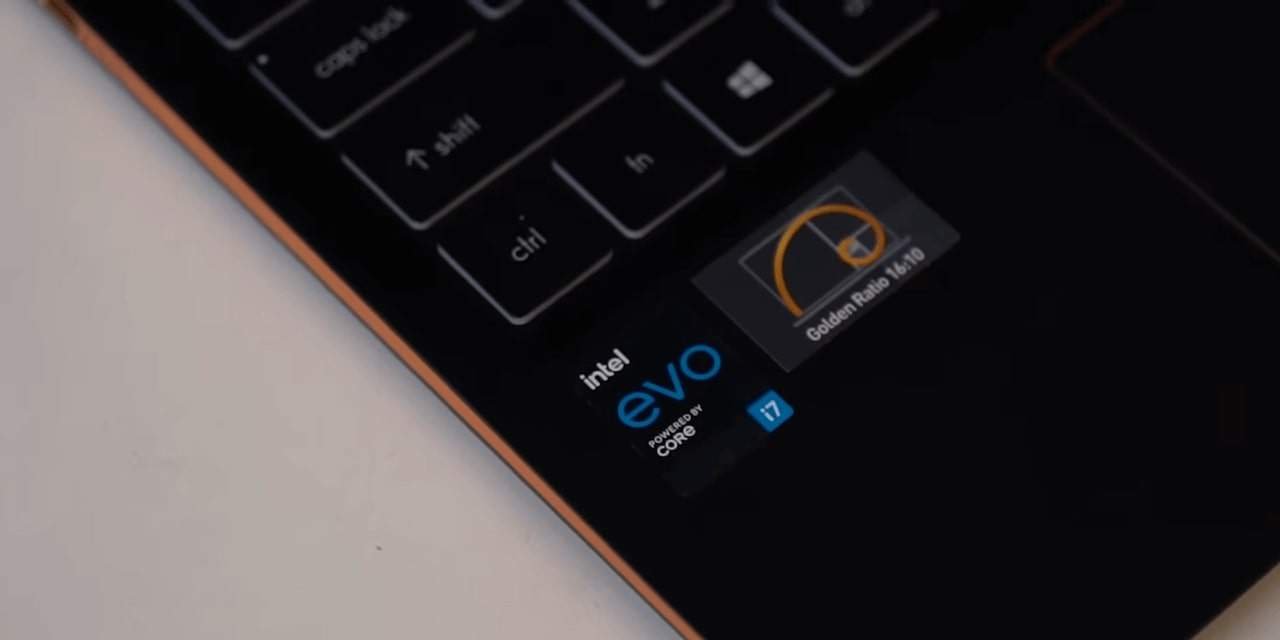
The MSI Summit E13 Flip Evo offers on ultraportable PCs: the Core i7-1185G7. This is the best low-power (15W) Tiger Lake-U chip to date. Given the machine’s small size, we could have expected that MSI would at best opt for a Core i7-1165G7, whose slightly lower frequencies make the task easier to dissipate, but the brand has preferred to put the small dishes in the large ones. To integrate the best of the best from Intel on its ultraportable, the Taiwanese manufacturer has, however, relied on a rather sturdy dissipation system for a 13-inch. As mentioned a little above, there are two fans.
In the context of daily use, these two mills are mostly turned off, which allows the Summit E13 to be perfectly silent. However, this pair of fans is activated quite quickly when the processor is requested a little more, but let’s see if it manages to cool the Intel chip properly. To find out, we launched our usual stress test under AIDA 64 to observe both the temperatures and the frequencies applied in intensive use.
After a good half hour of 100% charge on all the cores, the temperatures remained between 80 and 90 degrees. That’s a lot for a notebook, but it was practically undetectable at the keyboard and the base of the screen to the touch.
For the user, this significant heating should therefore go relatively unnoticed, especially since MSI clearly seems to have favored silence over cooling: throughout the test, the fans emitted only a moderate breath, easily covered if you work with a light background sound, like in an open-plan space for example.
This fairly marked heating limits the performance of the Core i7-1185G7 on the MSI device. On the CPU part, under CineBench R23, we thus note an index of 4,667 points in multi-core computation, against 1,386 points this time in single-core. For comparison, the Microsoft Surface Laptop 4 (equipped with the same processor) accumulated 5,345 points in multi-core and 1,487 calculation points in a single core. Therefore, in light of raw performance, the latest Surface Laptop is quite clearly ahead of the Summit E13, at least in the benchmarks. It must be said that the Microsoft laptop is larger, which induces slightly greater dissipation capacities.
Still, to put these results in context, on the same Benchmark, the Core i7-1165G7 of the Acer Swift 5 (2020) gleans 4,538 points in multi-core computing and 1,479 points in single-core, while the Ryzen 7 5800U (8 cores / 16 threads) of the ASUS ZenBook 13 OLED accumulated 7,918 points in multi-core computing, against 1,419 points in single-core. Therefore, on the MSI Summit E13, our i7-1185G7 is a little faster than its little brother, 1165, in multi-core computing.
In general, and despite these scores, this chip allows us to have an outstanding level of power on a very compact machine: perfect for working in office automation, surfing the net, and retouching a few photos, or even making occasional some small video edits. An appreciable versatility is reinforced by the presence of an integrated graphics part Iris Xe.
The latter allows us to use the Summit E13 Evo from time to time to play competitive or old games, like Fortnite, Overwatch, or GTA V, for example. We have also launched Fortnite and GTA V on the device to see what it can do with it.
In gaming, on GTA, with a Full HD + definition (1v920 by 1v200 pixels, or the native definition in this case), the settings in high and an FXAA treatment to reduce aliasing, we obtained between 30 and 40 FPS without drop speed, including during hectic action scenes. On Fortnite, on the other hand, it was necessary to be satisfied with 40 to 50 FPS with occasional drops in framerate in Full HD (1920 by 1080p), with the antialiasing cut and the medium settings. Enough to play between classes or between two meetings, but you shouldn’t be fooled. In-game, the iGPUs of the AMD Ryzen 5000 chips are slightly more efficient.
On 3D Mark Time Spy, we thus inherited an overall score of 1,726 points against 1,559 points collected in graphic sugar.
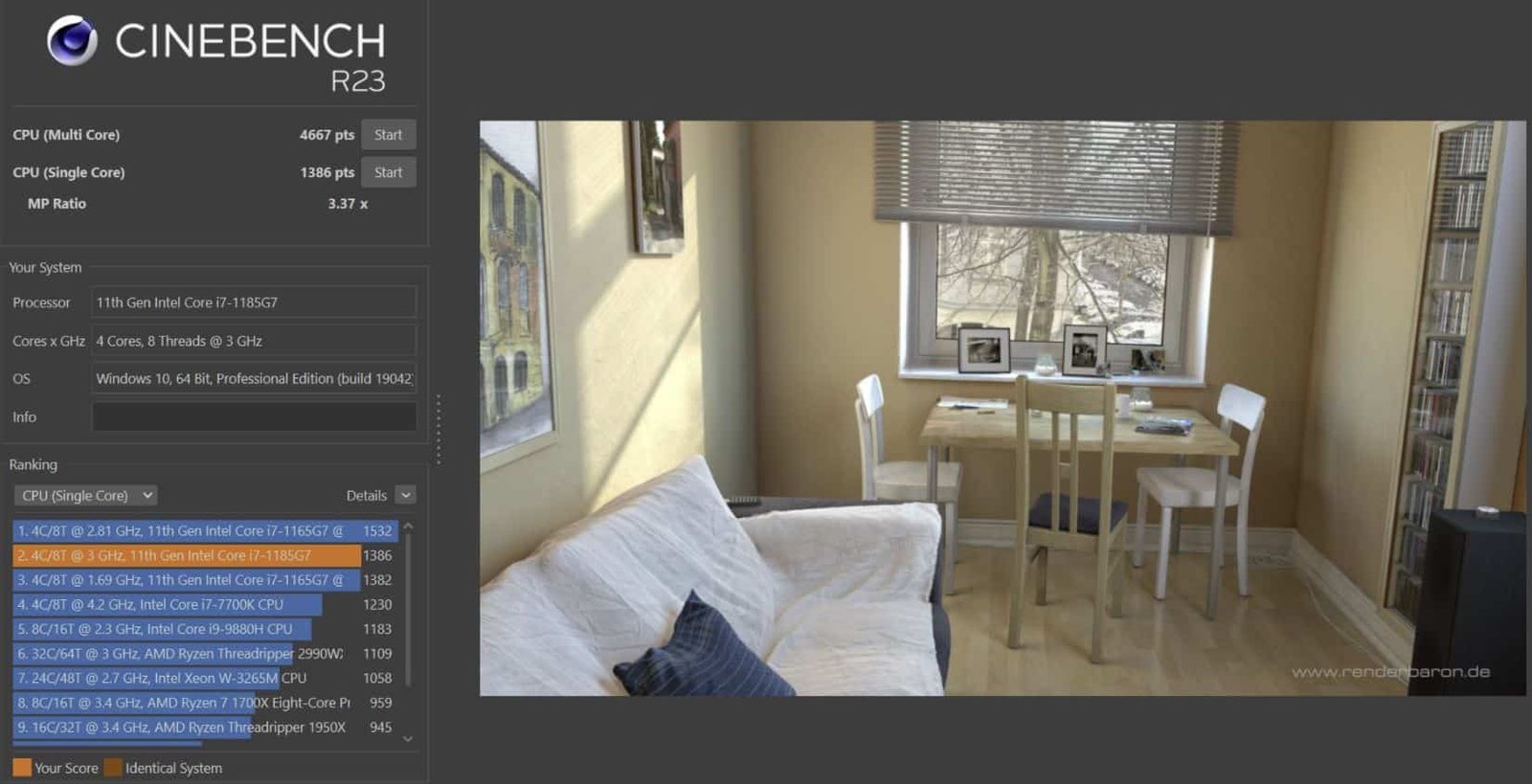
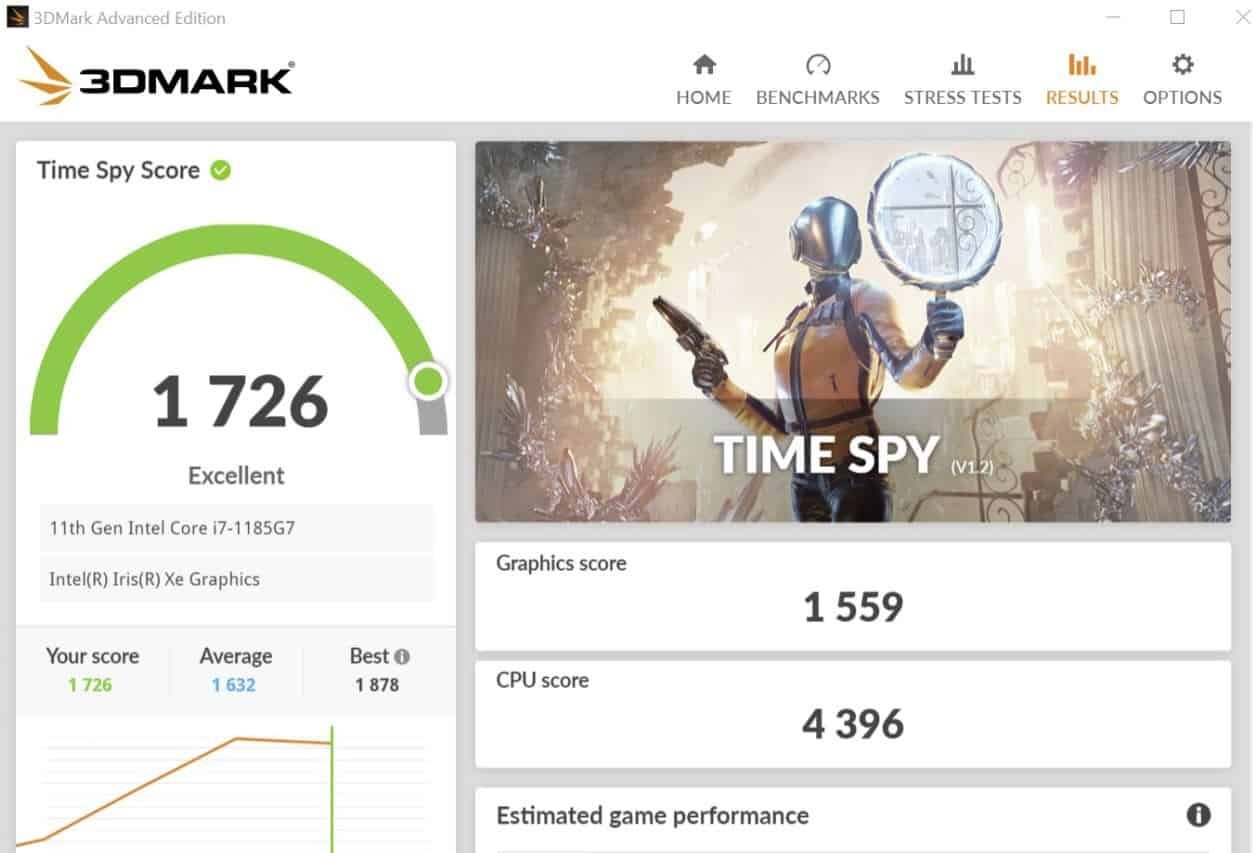
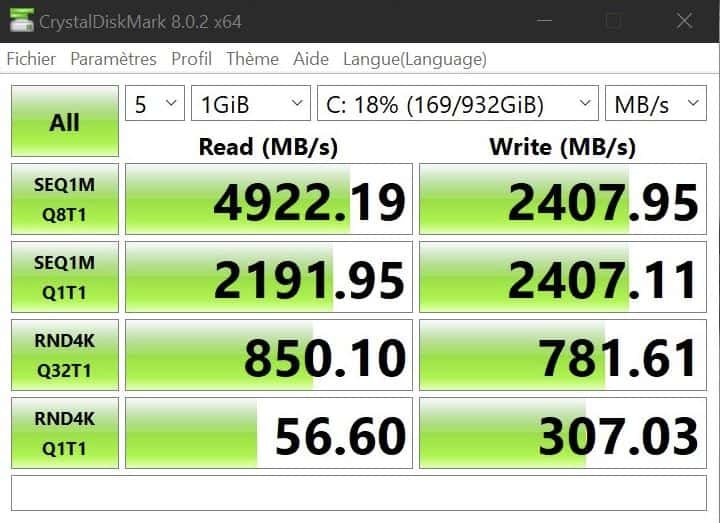
A quick point on the transfer speeds offered by the SSD. We note on CrystalDiskMark 4,922.19 MB / s read / 2,407.95 MB / s write. More than sufficient results for the intended use, especially in reading where the M.2 strip chosen by MSI is thunderous.
To evoke the software experience of the device. In this regard, MSI has the merit of saving us too much bloatware. Only Norton Antivirus and a few utilities (varying in utility) are installed by default. Windows 10 is therefore practically offered in its most refined incarnation, and we are not disturbed all the time by pop-up windows during the first hours of use. Acer and HP would do well to take the seed! Too bad, on the other hand, the main utility (MSI Center) imperatively requires registration to be used.
Multimedia
| Webcam | Above the display |
| Webcam resolution | IR HD type (30fps@720p) |
| Audio | 1x Mic-in/Headphone-out Combo Jack |
| Network | 802.11 ax Wi-Fi 6E |
| Bluetooth | Bluetooth 5.2 |
| Ports | 1x Micro SD 1x Type-C USB3.2 Gen2 1x Type-A USB3.2 Gen1 2x Type-C (USB4 / DP / Thunderbolt™4) with PD charging |
| Keyboard Numpad | No |

Despite this small size, the machine has everything you need where you need it, with relatively complete connectivity for a 13.4-inch notebook. There are two Thunderbolt 4 USB-C ports (with compliments from Intel), a “classic” USB-C 3.2 Gen2 port, a 3.2 Gen1 USB-A port, and a headphone jack (the ZenBook Flip S cannot say as much since it goes through an adapter). We regret the lack of an HDMI output.

On the other hand, MSI had a good idea to add a small bonus: a drawer allowing to add a microSD card to easily extend the storage capacity, a bit like it would be done with some Android smartphones.

On the sound side, the Summit E13 relies on two speakers placed on the underside of the chassis. They are very focused on the mids, they can nevertheless count on a little bass, but their highs lack precision – to the point of being quickly drowned. Overall, we end up with an audio experience lacking breadth and detail, but the result remains relatively usable: no saturation at full volume, for example.
The audio quality provided by these two small announcers seemed fair to us considering the size of the machine… In any case, we have seen much worse in recent months. MSI has at least made an effort in this area.
The headphone output is good, balanced, despite a slight lack of precision, in our opinion. The maximum volume is too high, on the other hand, and proves to be poorly controlled beyond 70% (saturation and loss of precision in the treble). In any case, we will never really need to spend 50 to 60% of volume (very sufficient) on current use.
Battery
| Battery Type | 6-Cell |
| Battery capacity | 70 (Whr) |
| AC Adapter | 65W adapter |
In video playback on Netflix, the machine exceeds the threshold of 10 hours without incident. It can even touch the 11 hours depending on the settings adopted (especially screen brightness and battery management). This is less than what the ZenBook 13 OLED offered us (under AMD Ryzen 7 5800U processor), but we are exactly at the level of what the Acer Swift 5 offers (under Core i7-1165G7). With an equal processor, the Surface Laptop 4 is, for its part, crushed in the field of endurance… it barely exceeded 8 hours.
The small 65W charger supplied by MSI will fully recharge the battery in less than an hour and a half. A very classic charging time for this type of product.
Conclusion!
Overall, MSI’s device remains high-end ultraportable, driven by robust performance and a sleek design. We blame it for its too-bold price placement and the lack of an OLED screen – disappointing on such an expensive machine. It’s less resistant chassis than announced could finally pose a problem in the long term to the less careful people.


